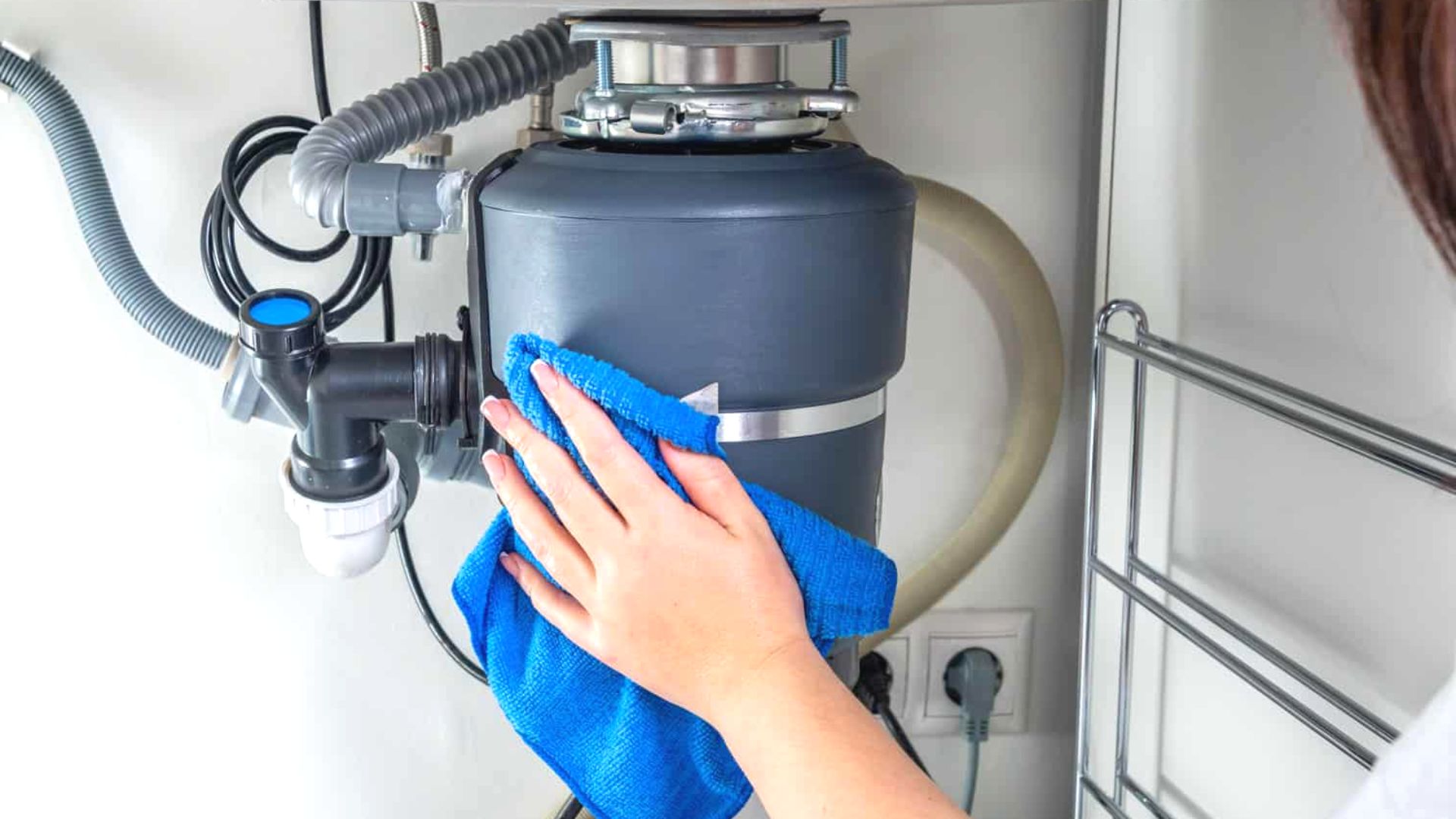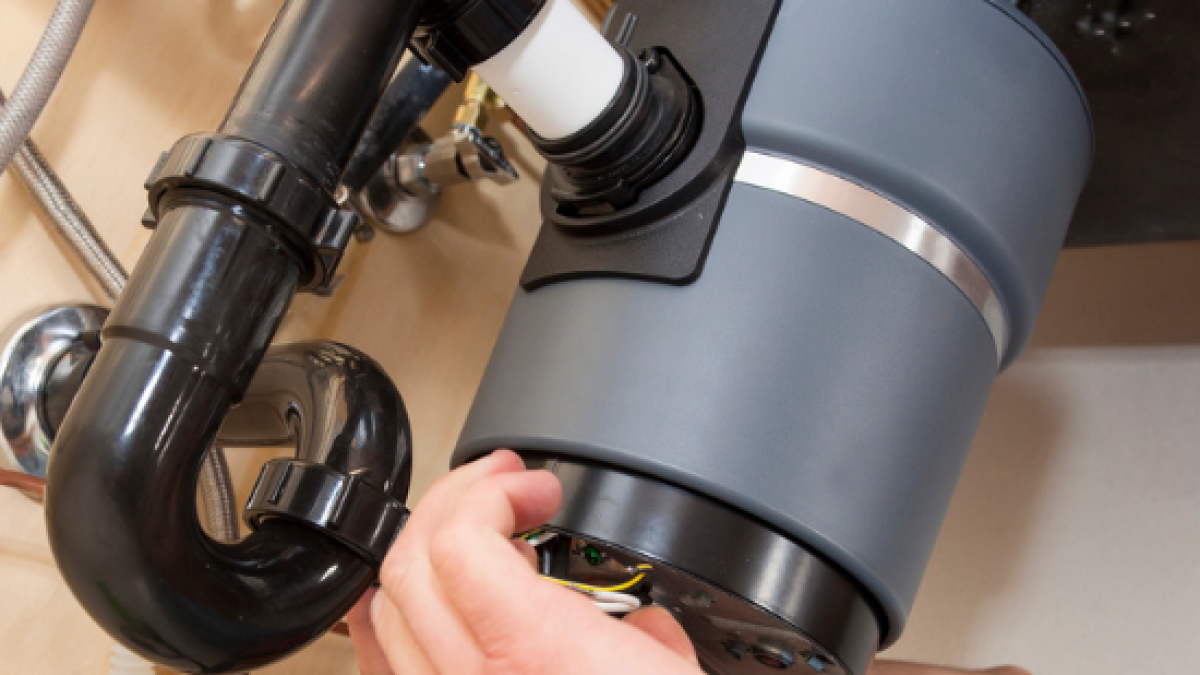Best Tips for Fixing a Leaking Waste Disposal Unit
Best Tips for Fixing a Leaking Waste Disposal Unit
Blog Article
Just about every person will have their private piece of advice on the subject of How to fix a pretty consistent leak from my garbage disposal.

Waste disposal unit are vital cooking area devices that aid in taking care of food waste efficiently. Nevertheless, a leaking garbage disposal can be a frustrating and messy trouble to manage. Thankfully, several leaks can be taken care of conveniently with a couple of straightforward actions. In this post, we will certainly discuss exactly how to repair a leaking garbage disposal effectively.
Introduction
Waste disposal unit are mounted under cooking area sinks and are designed to shred food waste into smaller pieces, enabling it to go through the pipes system quickly. While these devices are typically dependable, leaks can take place over time as a result of deterioration, loosened links, or damages to the device.
Common Reasons For Leaks in Garbage Disposals
Worn Seals and Gaskets
Seals and gaskets play an important role in stopping water from leaking out of the garbage disposal. In time, these parts can degrade, leading to leaks around the disposal device.
Loose Links
The connections between the waste disposal unit and the pipes system can come to be loose with time, creating water to leak out during operation.
Fractures or Openings in the Disposal System
Physical damage to the garbage disposal, such as cracks or openings in the real estate, can also lead to leakages.
Recognizing the Resource of the Leak
Before attempting to fix a leaking garbage disposal, it is necessary to recognize the source of the leak. This can typically be done with aesthetic examination or by performing easy examinations.
Visual Examination
Examine the garbage disposal system thoroughly for any indications of water leak. Pay attention to locations around seals, gaskets, and connection points.
Examining for Leakages
One method to examine for leaks is by running water through the disposal system and looking for any visible indicators of leakage.
Devices and Materials Needed for Fixing a Leaking Waste Disposal Unit
Prior to starting the repair process, gather the required devices and materials, including a screwdriver, adjustable wrench, plumbing professional's putty, replacement seals or gaskets, and epoxy or patching product for repairing cracks or holes.
Step-by-Step Overview to Repairing a Dripping Waste Disposal Unit
Turn Off the Power
Prior to attempting any kind of fixings, guarantee that the power to the waste disposal unit unit is turned off to stop the threat of electrical shock.
Find the Leakage
Recognize the precise area of the leakage and figure out the reason.
Tighten Connections
Utilize a wrench to tighten up any loose connections between the disposal system and the pipes system.
Change Seals or Gaskets
If the leakage results from used seals or gaskets, remove the old components and change them with brand-new ones.
Patching Splits or Holes
For splits or openings in the disposal unit, use epoxy or an ideal patching product to secure the damaged area.
Evaluating the Garbage Disposal After Repair Service
When the fixing is complete, examine the waste disposal unit by running water through it to ensure that the leakage has actually been settled.
Preventive Maintenance Tips to Stay Clear Of Future Leakages
To prevent future leaks, it is vital to perform regular upkeep on your garbage disposal. This consists of maintaining it tidy, preventing putting non-food things or difficult objects down the disposal, and occasionally checking for leakages or various other issues.
Conclusion
To conclude, fixing a leaking garbage disposal is a fairly simple procedure that can be finished with fundamental tools and materials. By complying with the steps described in this post and practicing precautionary maintenance, you can keep your waste disposal unit in good working problem and stay clear of costly repair work in the future.
What to Do About a Leaking Garbage Disposal
A leaking garbage disposal often goes unnoticed until you confront a sopping cabinet, a foul-smelling puddle, or an audible drip-drip-drip from the unit. The fix can be frustrating, too, because the leak can stem from a number of components in the system. Fortunately, with a little sleuthing, you can zero in on the leak and—depending on the exact location—stop the icky oozing and repair the component that caused it. Worst case scenario, if it turns out that the garbage disposal must be replaced, installing a new one is a reasonable do-it-yourself task for those with basic plumbing skills. Read on to keep the cash you’d otherwise hand over to a pro.
Prepare to find the leak
Prior to testing the garbage disposal for leaks, unplug it at the wall outlet and turn off the power from the breaker box to prevent electrical shock. Then insert a watertight sink stopper into your sink drain and wipe the unit dry with a clean cloth. In any handy container, mix a few drops of food coloring into a few cups of water, and pour the dyed water onto the sink stopper to help you locate the leak.
Investigate the source
the top, where the disposal meets the sink drain the side, where the dishwasher hose or main drain pipe connects to the disposal or the bottom of the unit Inspect each of these locations while gliding a light-colored rag over the unit; the dyed water will readily show on the rag and reveal the location of the leak. If a leak isn’t immediately apparent, remove the sink stopper and pour a few more cups of dyed water down the sink drain, then check for leaks again. Leaks near the top of the unit are more likely to show themselves while the sink is plugged, while side and bottom leaks are more noticeable while the sink is unplugged.
The metal sink flange that sits directly inside the sink drain is typically sealed around the top with plumber’s putty (a clay-like sealant) and then secured from under the sink with bolts. If the plumber’s putty deteriorates, or the bolts loosen, the flange can no longer form a watertight seal between the sink drain and the disposal—which could cause a leak at the top of the unit.
To reseal the leaky flange, you must first detach the garbage disposal. Start by loosening the screws securing the main drain pipe to the disposal, then loosen the screws in the metal clamp securing the dishwasher hose to the disposal and detach the drain pipe and dishwasher hose from the disposal. Loosen the screws in the mounting ring that connects the disposal to the metal mounting assembly beneath the sink, then pull down the disposal and carefully set it on a clean, dry surface. Loosen the bolts in the mounting assembly with a wrench, then pull down the mounting assembly and set it near the disposal.

As an avid person who reads on How to fix a pretty consistent leak from my garbage disposal, I was thinking sharing that article post was really useful. Loved our posting? Please share it. Help others check it out. We recognize the value of reading our article about Garbage Disposal Leaking From Bottom.
View More Report this page